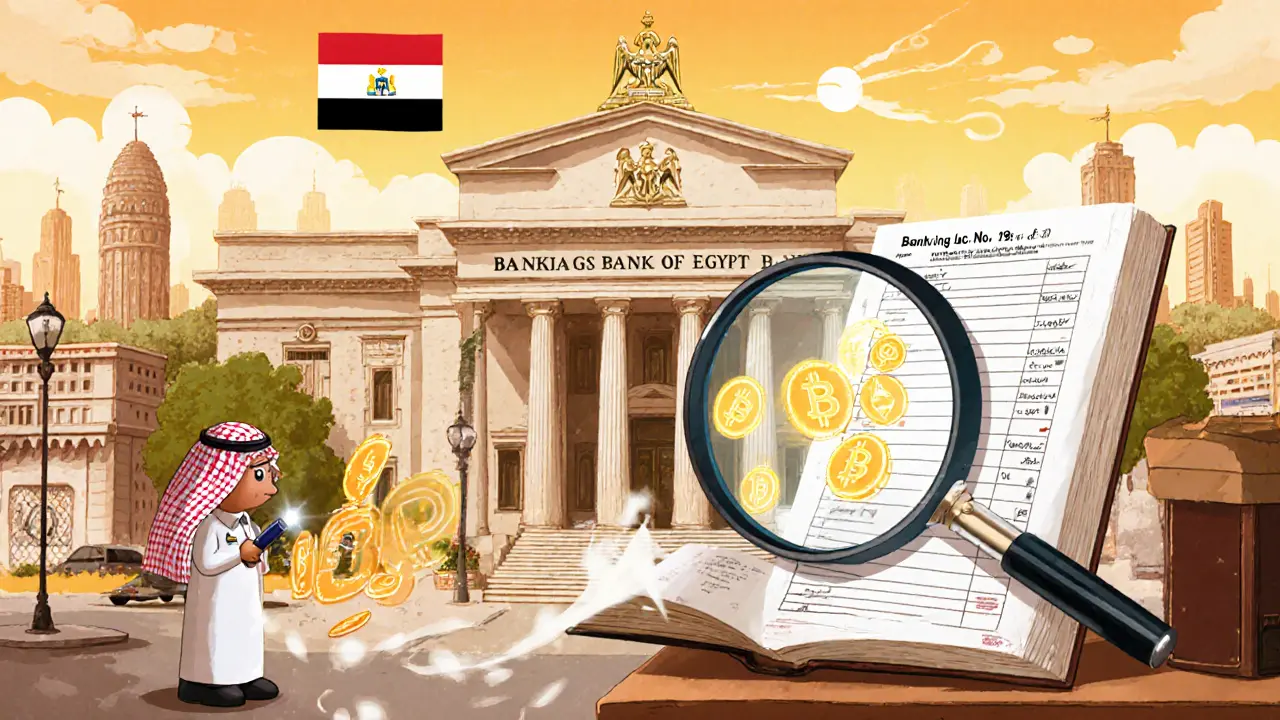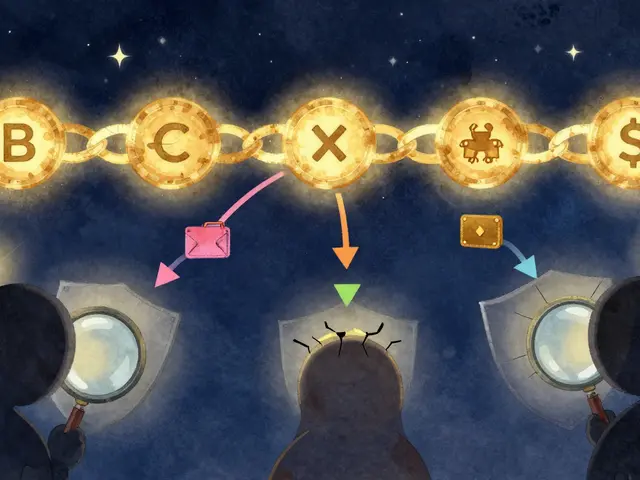Cryptocurrency Transaction Monitoring: Tools, Compliance, and Real‑World Insights
When working with cryptocurrency transaction monitoring, the practice of tracking, analyzing, and reporting crypto movements to meet regulatory and security goals. Also known as crypto transaction surveillance, it helps firms spot illicit activity and stay compliant. It encompasses AML compliance, rules that require monitoring of financial flows to prevent money laundering, relies on blockchain analytics tools, software that parses on‑chain data for patterns and risk signals, and must consider sanctions screening, the process of checking transactions against government watchlists. In short, monitoring requires data pipelines, risk models, and a clear policy framework.
Why Monitoring Matters for Every Crypto Player
Whether you run a small DeFi app or a large exchange, staying ahead of regulators is a daily reality. Transaction monitoring gives you a real‑time view of fund flows, letting you freeze suspicious wallets before money disappears. It also builds trust with users who know their assets aren’t moving through a black box. For businesses, a solid monitoring setup reduces the chance of hefty fines, like the $100,000 FBAR penalties many overlook. The process influences how you design KYC flows, how you choose a analytics provider, and even how you record on‑chain data for audits. Companies that integrate automated alerts see faster response times and lower manual review costs.
Getting the right tools can feel overwhelming, but the market has settled into a few clear categories. On‑chain analytics platforms such as Chainalysis, CipherTrace, and Elliptic offer risk scores for every address, while open‑source projects like Moloch and The Graph let you build custom queries. Pair these with AML rule engines that map transaction patterns to compliance obligations, and you have a full‑stack solution. Many firms also layer sanctions screening APIs that instantly flag transfers to or from blacklisted entities. When you combine these layers, you create a “watchtower” that not only detects fraud but also supports reporting to authorities.
Below you’ll find a curated set of articles that dive into each piece of the puzzle. From step‑by‑step guides on setting up VPNs for safe trading in high‑risk regions, to deep dives on how multisig wallets protect DAO treasuries, the collection covers practical tactics, regulatory updates, and tool reviews. Use these resources to build a monitoring workflow that fits your size, risk appetite, and compliance budget. Ready to see how the right mix of tech and policy can safeguard your crypto operations? Keep reading to explore the full range of insights we’ve gathered for you.
How Egyptian Banks Monitor Cryptocurrency Transactions - 2025 Guide
Explore how Egyptian banks monitor cryptocurrency transactions under Law No. 194, the role of the Central Bank, compliance tech, challenges, and future outlook.





